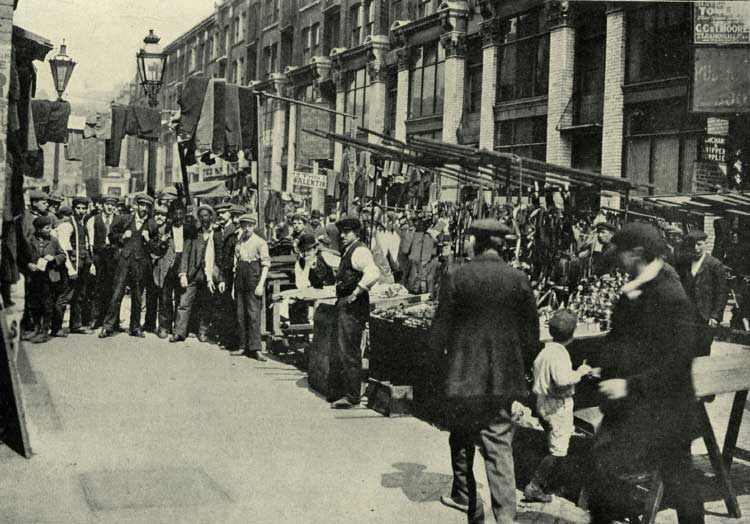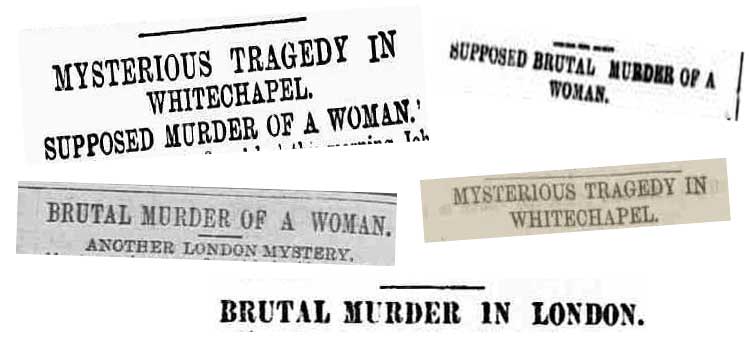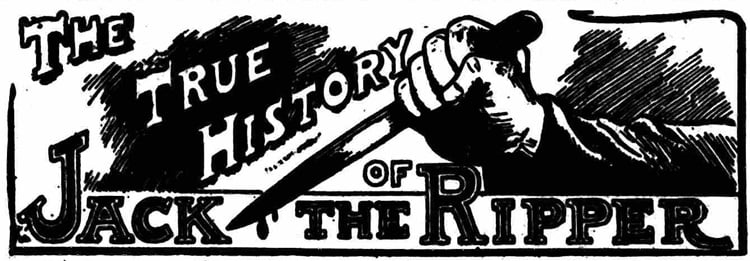A question I get asked time and time again in the interviews that I give on the Whitechapel murders is, why is interest in the Jack the Ripper case still so prevalent?
It is an intriguing question.
If you think about it, the murders took place many years ago, and not that many crimes that took place in the same era are still remembered today.
Indeed, I would hazard a guess that if I were to ask you to name another murderer from the 1880’s you would be hard pushed to do so.
I know I would.
Yet, the name of Jack the Ripper is still instantly recognisable, and interest in his crimes appears to increase, rather than diminish, with each year that passes.
Why should this be?
THE AGE IN WHICH THEY OCCURRED
I suppose that one reason for the unflagging fascination with the Ripper crimes is that they took place in an era that still fascinates us. Indeed, in many respects, the London of the 1880’s was very like the London we are used to in the 21st century.
And yet, in other ways, it is a City that is totally unrecognisable to us.
A city in which the main mode of transport was horse powered. A city lit by gas, in which fog seems to have hung perpetually in the air. A city of mystery and intrigue, where all sorts of nefarious acts and behaviours went on in dark corners.
In short, a city that provided the perfect backdrop for a murderous fiend to carry out a reign of terror and hold the population, and our imaginations, in a state of terror.

THE ULTIMATE MURDER MYSTERY
But, there has to be more to the continued fascination with the case than the geography and physical appearance of the metropolis in which the murders occurred.
It could be argued that the fact that the police never brought him to justice, nor, if the truth is admitted, did they have any real chance of doing so.
Thus we can add to the foggy streets of Victorian London a murder mystery to which we can attempt to add our own solution.
And, lets be honest, who doesn’t love a gripping murder mystery?
A WINDOW ONTO THE PAST
Another intriguing aspect to the case is the fact that the murders really did grip the imaginations of the Victorian public, thanks largely to the huge amount of press coverage that they generated.
Journalists from all over the World converged on the East End of London throughout that autumn of 1888 and filed reports with their newspapers that exposed the horrific conditions in the area.
In so doing they have left us an unrivalled opportunity to take an historical ringside seat as we read their accounts and catch tantalising glimpses of the ordinary men, women and children who found themselves caught up in the saga of the Whitechapel atrocities.
I honestly cannot a think of any other similar period in history where we have a similar window into the past that enables us to practically relive the horror of the murders as it unfolded.

THE NAME JACK THE RIPPER
But the main reason why this particular murder spree still manages to elicit feelings of fear and fascination in equal measure, and in so many people, is the name by which the murderer is still universally known today – Jack the Ripper.
Now, it must be stated that the unknown miscreant who carried out the Whitechapel Murders in the autumn of 1888, was entirely different to Jack the Ripper.
The name was nothing more than a fiction that appeared on a letter that was sent to a London news agency at the height of the crimes, and which was almost certainly the work of a journalist.
However, desperate for a breakthrough in the case in early October 1888, the police decided to make the letter public in the hope that its release would help them with unmasking the perpetrator of the crimes.
Quite why they chose to do so is something of a mystery, since many of the officers working on the case appear to have agreed that the letter had not been written by the murderer.
But, release it they did, and by early October, 1888, the Whitechapel fiend had gained a name that would catapult him into the realm of legend – and ensure that the name “Jack the Ripper” would be remembered long after the names of similar murderers of the era had been forgotten.

NO DEFINITIVE REASON
So, there are many reasons why we still have a fascination with the Jack the Ripper crimes so many years after they were committed.
The history and the mystery are, most certainly, important aspects of the continued interest in the case, as is the fact that so many original and contemporary accounts of the crimes can still be perused and studied.
But, I can’t help but think, if the murderer had been given a less memorable name – say “Nasty Nick” or “Arnold the Unpleasant” – the crimes would long ago have been confined to dusty pages of forgotten history.
